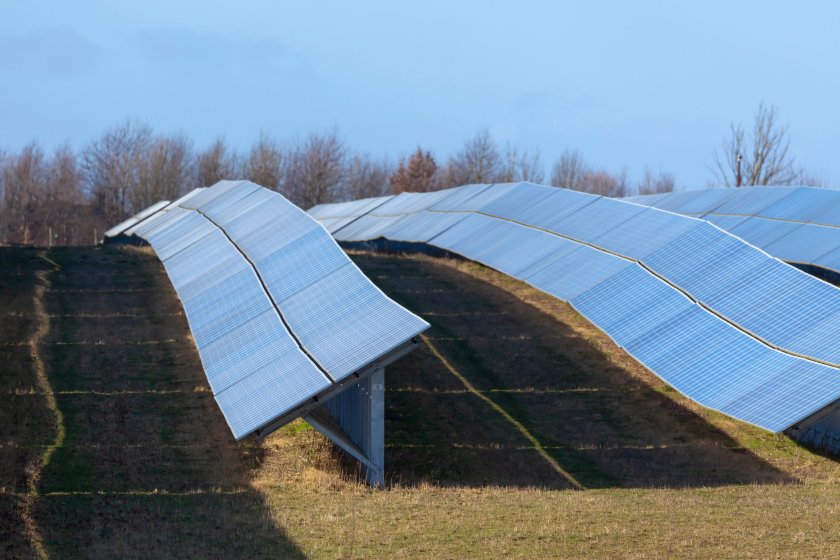
The UK is going to have to 'focus massively' on infrastructure if it is to cope with climate change and the drive to net zero.
This is according to the Central Association of Agricultural Valuers (CAAV), which has called for an 'industrial scale, economy-wide transformation'.
Speaking at the body's Western Counties conference, Jeremy Moody, secretary of CAAV, noted that 2050 - the UK's net zero goal - is only 27 years away.
"We’re moving on to second-generation net zero discussions, with an absolute focus on renewable energy," he said at the conference, which took place in Tiverton, Devon.
Currently, about half of the UK’s electricity supply is from non-fossil fuel, but it needs to swap the other half, as well as replacing fossil fuels in transport and heat.
Mr Moody told the audience: “We need quadruple our production of non-fossil fuel energy.”
As well as investing in a lot more solar, wind and other renewable power, the nation needs to 'massively upgrade' the electricity grid to connect to and deliver that power.
Forming part of that will be the Xlinks project, which will bring 8% of GB’s power from Moroccan solar and wind farms into Bideford, Devon.
Mr Moody said: “We’re going to need between 150,000 and 450,000 miles of cable installed across the UK. That is going to involve significant amounts of compulsory land purchase in the coming years.”
The same is true for water supply – with climate change and more extreme weather events, he said it will be important to manage both flooding and drought.
“We have a tired water infrastructure that’s been cheap-skated for decades. Three major new reservoirs are already planned, and new pipelines will be required to bring water to the dry South East region."
Housebuilding is another area of focus – and tackling the planning system is key to delivering this, warned Mr Moody.
“Everything is bogged down in process and we’re moving from NIMBYs (not in my back yard) to BANANAs (build absolutely nothing anywhere near anybody).”
Both the Conservatives and Labour agree that more housing is needed, although the former want to build in the 20 major conurbations while the latter prefer unattractive parts of the green belt, he added.
“We are 20m houses light of where we should be, and the reality is that we need to do both.”
When it comes to farming, reducing emissions is a big target, and tackling slurry storage is part of that.
Currently, there is significant grant funding available to help farmers with this – the first round of schemes was worth £37m – the next two will be worth £160m.
Mr Moody said: "That’s generous money and worth taking – you’re getting carrots now but under evolving legislation you’re probably going to have to do it anyway under your own resources.”
Under the slurry infrastructure grant, beef and dairy producers can get funding to upgrade their slurry storage to provide six months’ storage, while pig producers can be funded to provide eight months’ storage.
Early next year the farming equipment technology fund will open for smaller investments in kit like slurry spreading machinery which seeks to improve efficiencies and reduce emissions.
